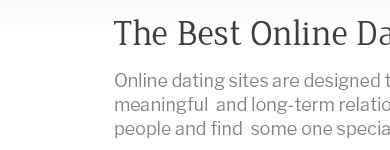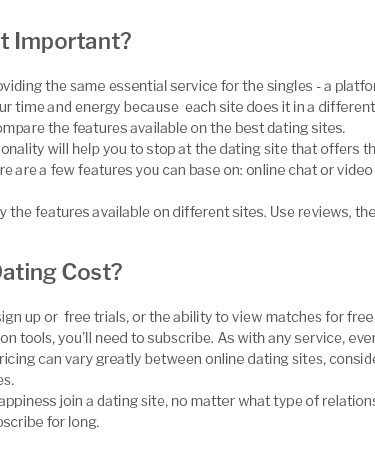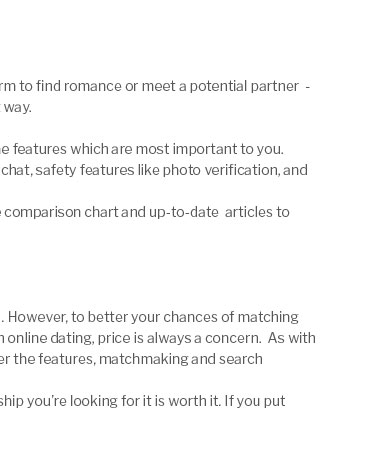tinder for attached boundaries, risks, and alternativesWhat “tinder for attached” really meansSome people use the phrase to describe dating tools or communities aimed at partnered users seeking connections beyond a primary relationship. That can include consensual non‑monogamy, open relationships, swinging, or exploratory messaging. The key is mutual clarity, explicit permission, and respect for everyone affected. Consent from all parties is non‑negotiable. Core principles to anchor your choices- Informed consent: All partners understand the scope, boundaries, and risks.
- Transparency: Align expectations about intimacy, messaging, and meeting.
- Safety: Protect identity, data, and emotional well‑being.
- Kindness: Communicate with care and exit respectfully if goals diverge.
Setting boundaries and agreementsDefine the containerAgree on what is on‑limits and off‑limits: flirting, photos, physical intimacy, and contact cadence. Clarify whether sharing chat transcripts with a partner is required. Profile honesty that protects privacyState relationship status and intent without exposing private details. Use recent but non‑identifying photos, and avoid workplace logos or unique backgrounds. Green lights and red lines- Green lights: clear intent, matched expectations, straightforward communication.
- Red lines: secrecy from primary partners, pressure, disrespect for stated limits.
Digital safety and discretion- Review app permissions and disable contact syncing.
- Use unique photos that are not tied to other social profiles.
- Blur or crop badges, uniforms, and location markers.
- Discuss screenshot norms before sharing sensitive content.
- Separate messaging handles to reduce spillover into personal or work channels.
No app can guarantee secrecy. Alternatives and frameworksSome prefer clearly defined arrangements with fewer mixed signals. Learning about a friends with benefits relationship can clarify expectations and negotiation points without implying deception. Communities and local circlesCommunity groups can feel more curated than swipe‑based apps, yet they require careful screening and respect for group rules. As an example, some users explore region‑specific spaces such as an abuja hookup whatsapp group, while prioritizing consent, safety checks, and moderator guidance. Etiquette that builds trust- Lead with clarity about relationship status and what you seek.
- Ask for boundaries rather than guessing them.
- Respond promptly, decline kindly, and avoid ghosting.
- Share concerns early to prevent mismatches from escalating.
Quick‑start checklist- Secure consent with your partner and document the boundaries you agree on.
- Draft a profile that states status, intent, and limits.
- Set up privacy controls and separate contact channels.
- Pre‑agree on verification steps and meeting norms.
- Create an exit plan that respects everyone’s dignity.
FAQWhat is a “tinder for attached” concept in practical terms?It refers to dating spaces where partnered people seek connections beyond a primary relationship. Ethical use centers on explicit partner consent, boundary‑setting, and transparent communication with matches about status and intent. Is this only about cheating?No. Many participants practice consensual non‑monogamy or open relationships. Cheating involves deception; ethical approaches require informed consent from everyone affected. How can I verify real consent from my partner?Have a direct conversation that covers intent, acceptable activities, disclosure rules, and check‑ins. Write the agreement in shared notes to reduce misinterpretation. If consent is vague or pressured, do not proceed. What should my profile include to be respectful?State that you are partnered and seeking consensual connections, list boundaries up front, avoid identifying details, and invite questions about expectations. Keep tone warm and concise. How do I reduce digital risk while exploring?Limit app permissions, use non‑linked photos, keep sensitive chats in a separate channel, and discuss screenshot norms before sharing anything private. Avoid reusing usernames tied to other profiles. Which boundaries help prevent emotional harm?Define scope (flirting, dates, intimacy), frequency of contact, disclosure rules, and topics that feel sensitive. Agree on a pause word for cooling off and a clear exit plan that respects everyone. What red flags signal a poor fit?Requests for secrecy from partners, pressure to speed past boundaries, inconsistent stories about relationship status, and dismissive reactions to safety questions are common warnings. Are there alternatives to swipe apps?Yes. Curated communities, values‑based forums, and clearly defined arrangements such as friends‑with‑benefits can reduce mismatches. Choose spaces with moderator guidance and transparent rules.

|




















